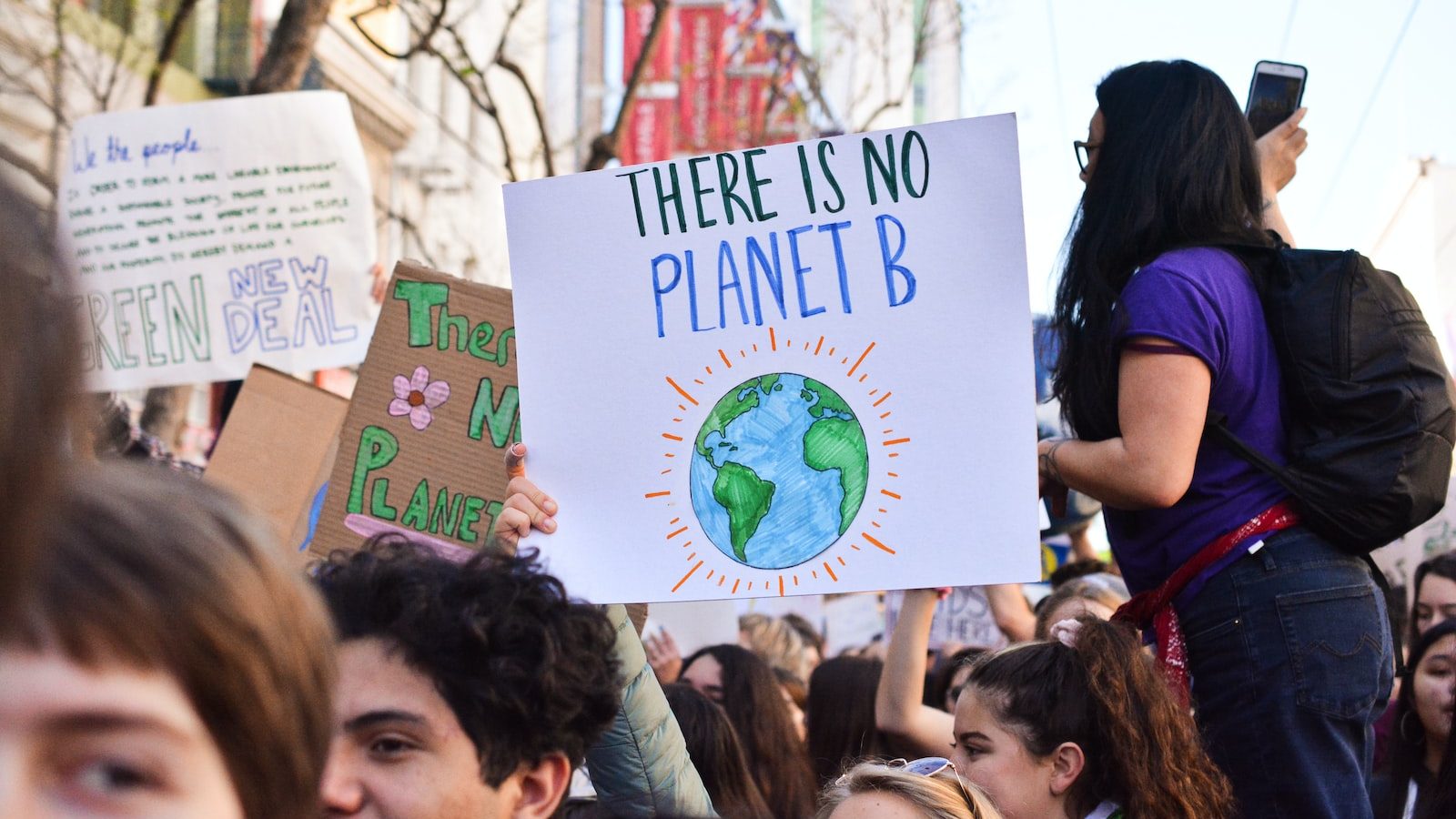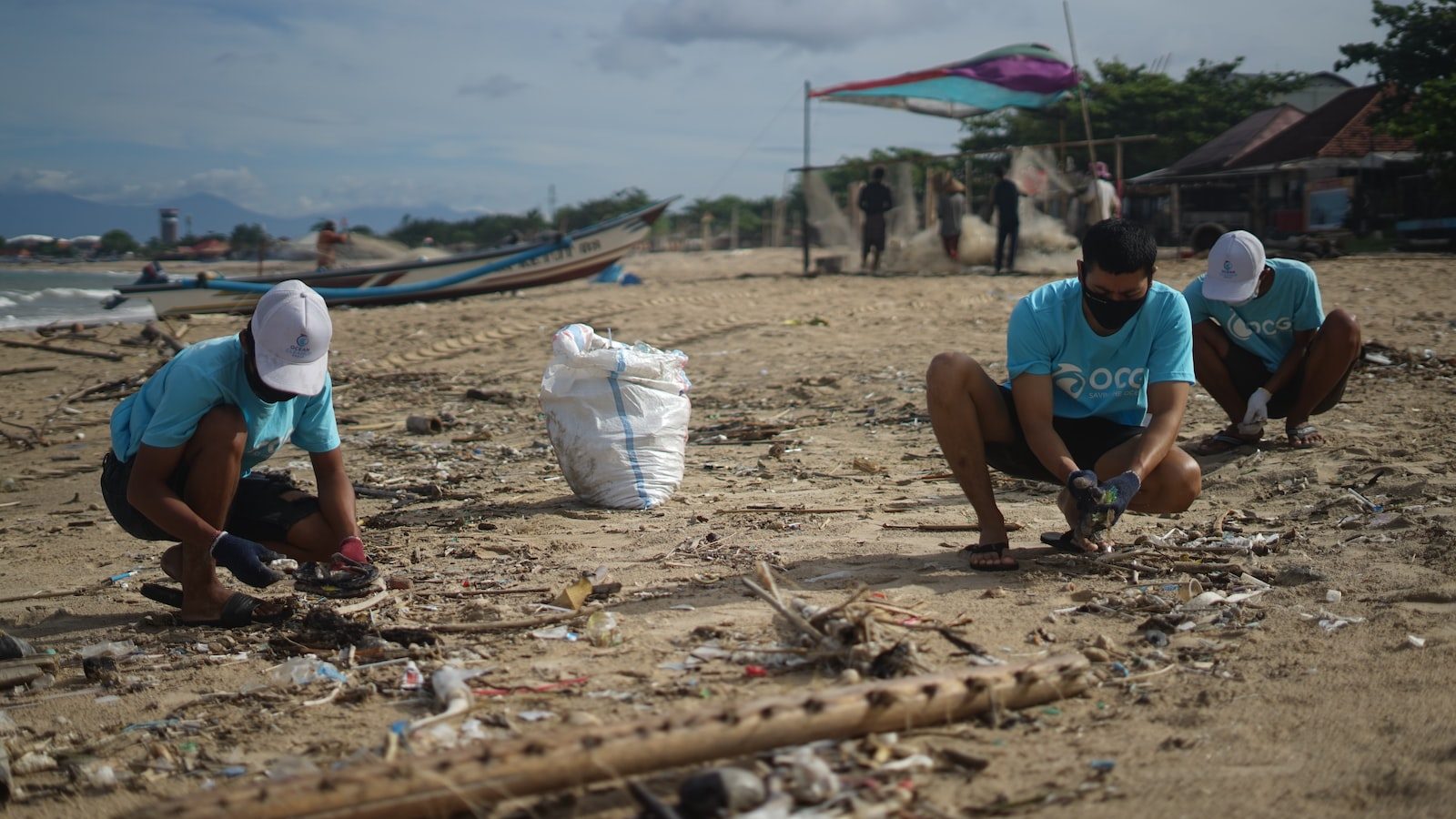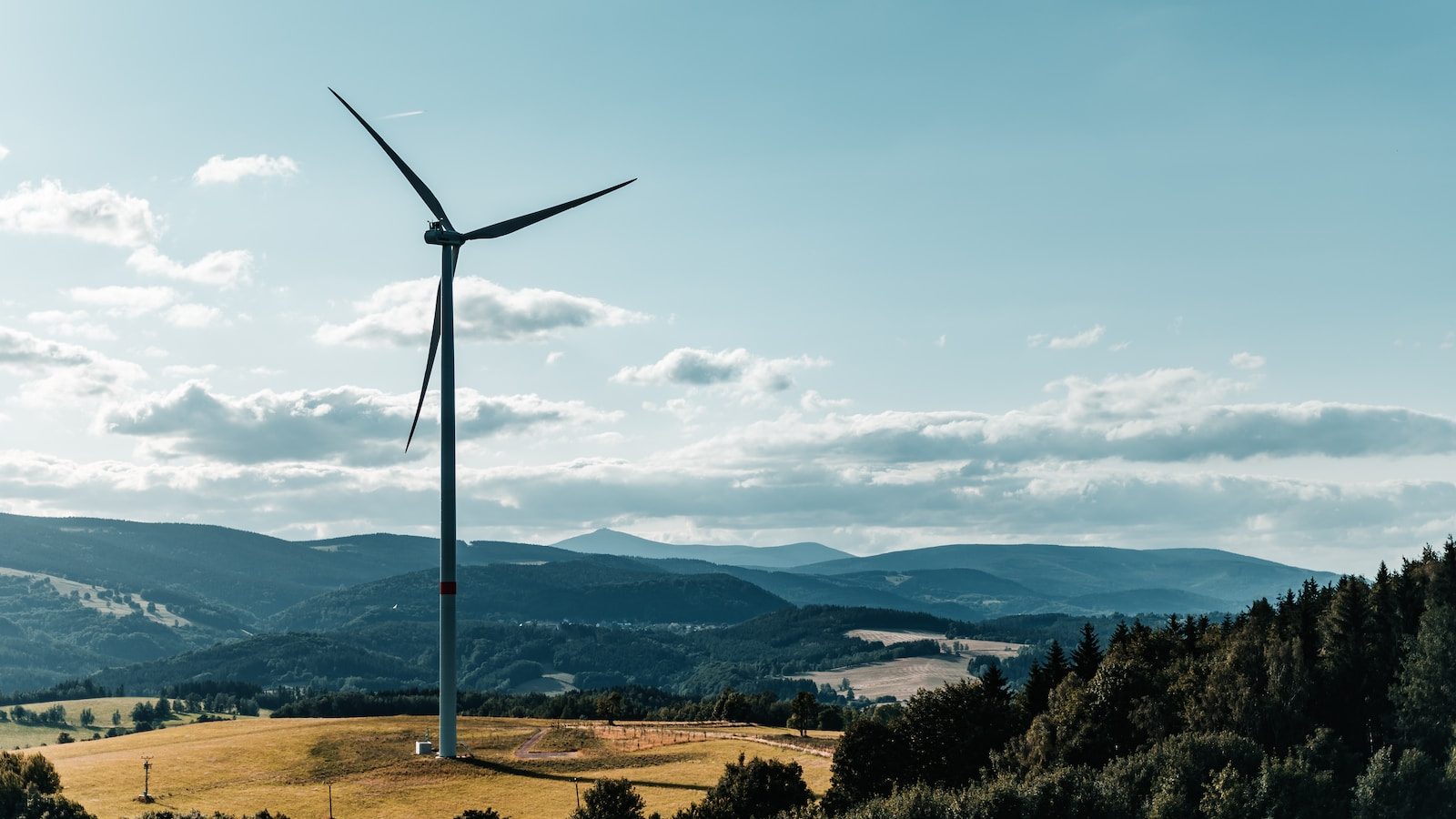Greater eco-awareness is shaping social and business trends among individuals and communities
A global increase in eco-awareness and activism is shaping consumer habits, public policy, and business development. Explore how climate change unites people to act and what this means for coaches.
Climate change is transforming the future of industry
Environmental policies and consumer attitudes are transforming the relationship between industry and the planet. In support of net zero, countries are regulating the carbon impact of energy, transportation, waste management, and agricultural livestock. These industry-level shifts complement growing climate activism among younger workers who want to see how their actions can make a lasting impact on the planet.
Reimagining the relationship between industry and the planet means leaders will need help defining sustainability goals and aligning internal and external stakeholders to these new initiatives. Early- and mid-career professionals also need to develop their careers to support social and planetary health.
Coaches can use the following social trends to help clients envision new ways of applying eco-awareness in the workplace and community:
- UN promotes investment in sustainable development
- Eco-anxiety grows among youth
- Global, diverse communities embrace climate activism
- Art increases eco-awareness
- Social media ignites sustainable action and activism
Click here to explore More Resources for Coaches
1. The call for a transition to sustainable technologies holds wealthy nations accountable for repairing ecosystems and investing in global green technologies
The impact of climate change is far-reaching. Natural disasters and unpredictable weather can reduce crop production, destroy homes and infrastructure, and increase illness and death for populations across the globe. The unfortunate reality is that less-resourced nations experience the brunt of climate change, suffering greater damage and loss from these climate disasters.
During the November 2022 Sharm el-Sheikh Climate Conference (COP27), heads of state, religious leaders, negotiators, climate activists, political leaders, civil society representatives, and CEOs met to discuss climate change. Beyond the commitment to reduce planet-warming emissions, representatives and activists from the global south called for wealthy nations to expand sustainable technologies and infrastructure by investing in developing economies.
Beyond reducing harmful production practices, the United Nations called for wealthy countries to support a fund that would address uneven loss and damage experienced by poor countries due to climate change. Both the United States and the European Union agreed to support this fund.
What this means for coaches:
- When businesses align their sustainability goals around local and national climate policy, leaders may need guidance to coordinate cultural and multi-stakeholder changes
- Multi-national companies will need to make decisions on how everything from sourcing materials to distributing products may be subject to international climate agreements
- Clients may be looking for ways to change their habits, like reducing their carbon footprint by eliminating unnecessary travel and shifting work to virtual formats
2. Eco-anxiety motivates younger generations to pursue practical ways of supporting sustainability in their work and lives
The impact of global climate change is increasing emotional responses among younger generations. The emotional response referred to as “eco-anxiety” is fueled by feelings that previous generations, businesses, and governmental institutions are not doing enough to combat the issue. A 2021 global survey of 10,000 16–25-year-olds found that 60% of respondents felt “very worried” or “extremely worried” about climate change. Some universities are even offering eco-anxiety counseling to support the emotional well-being of students.
In response to the effects of climate change, young people are offering their own labor and money to demand action. Increasingly, young employees are turning down jobs at companies that do not have social or environmental programs. Deloitte’s global survey of Millennial and Gen-Z employees found that both groups ranked climate change as second in their list of top 5 concerns. The survey also found that 48% of Gen Zs and 43% of Millennial employees are putting pressure on their employers to address climate change. Similarly, a 2022 study by Accenture found that 77% of Asia Pacific youth want to work for a green company in the next 10 years.
What this means for coaches:
- Early- and mid-career professionals experiencing eco-anxiety may feel helpless and avoid long-term goal setting. Developing resilience and finding opportunities to act can help these clients develop a more hopeful future-orientation
- Coaching clients, especially millennials and Gen-Zs, may be looking for ways to develop their career around climate action
3. Global communities embrace climate activism, inspiring diverse leaders to shape sustainability efforts
Given the disproportionate impact of climate change on underserved communities and low-impact countries, diverse leadership across the globe is stepping up to shape sustainability efforts. Indigenous communities and leaders — the earth’s original caretakers — have always stood at the forefront of climate activism. The Indigenous Environmental Network was formed in 1991 by 500 Native peoples with the mission to protect “the Sacredness of Earth Mother from contamination & exploitation by Respecting and Adhering to Indigenous Knowledge and Natural Law.” The Activist Avina foundation was founded in 1994 by Stephan Schmidheiny and works with the Global South, including Latin America and Africa, to care for people and planet. Their mission aligns with the 2030 UN Agenda. Avina uses efforts that promote human dignity, equity, environmental sustainability, and democracy.
As a growing movement in environmental activism, Indigenous youth are pursuing careers in the sciences. Māori researchers in New Zealand, for example, are sharing traditional knowledge about water and land habitats to protect biodiversity and ecosystem health. A series of interviews by Nature found that diverse labs could challenge existing assumptions and share cultural knowledge to create richer understanding. When it comes to environmental sciences, research conducted in English has a higher publishing rate, excluding scientists from non-English speaking backgrounds. This results in a lack of research that could support communities in the global south, which are heavily impacted by climate change. When people directly impacted by climate change are empowered to participate in climate activism and adequately represented in science careers, true global change can occur.
What this means for coaches:
- Worldwide sustainability efforts are prominent in indigenous and diverse locales; collaboration requires resourced countries to listen to the wisdom of indigenous climate activists and ensure equity among climate efforts
- Indigenous groups have been at the forefront of climate activism and sustainability for centuries. Coaches can highlight this work and the benefits of diversity in climate leadership to ensure all people are fairly represented in sustainability efforts
- In multi-national teams or businesses, coaches can help facilitate conversation that gives all parties equal opportunity to share
4. Artists tackle climate issues by democratizing climate science
Groups around the world are using various forms of artistic expression, including productions and creative art installations, to make bold statements about climate change. Climate-related art initiatives can reach wider audiences because they are not bound to a single language or written text. Democratizing climate education through art encourages greater positive action for the planet. A survey conducted in 2015 following a climate art exhibit found that exposure to climate art inspired an emotional response in viewers, which increased short-term eco-awareness and climate policy support.
In the San Francisco Bay Area, Art + Climate Action (A+CA) is a collective dedicated to building a sustainable art world. A+CA unites museums, galleries, non-profit arts spaces, studios, art advisors, and arts patrons to better understand our sector’s climate impacts, take action to counteract harmful practices, and create an environmentally conscious arts community. The organization supports education on CO2 emissions and creates customized climate plans at no cost to artists in the Bay Area.
CLIMARTE is an Australian-based group that “harnesses the creative power of the arts to inform, engage and inspire action on the climate crisis.” They focus on the wonder of the universe, encouraging sustainable measures to prevent the destruction of the planet. The group works with artists and scientists to create informative and emotionally impactful pieces of art.
What this means for coaches:
- Empowering clients to embrace their creativity and develop their entrepreneurial skills can inspire innovative approaches to climate action
- Coaches can use examples from climate art to illustrate how their clients can communicate environmental messages through different mediums to reach a wider audience
5. Social media increases eco-awareness and ignites grassroots activism
As climate change continues to advance as a pressing issue, youth activism, grassroots activism, and social media activism are increasingly used for change. Grassroots activism refers to people from a district, region, or community who come together to make a difference. By turning to the community to make change, young activists are influencing how the future of the planet is perceived.
The social media platform TikTok has opened the door for new eco-friendly content to reach a wider audience. From ending fast fashion to gardening tips and advice to buy used, the social media app allows content creators to reach millions of viewers, 80% of whom are between the ages of 16–34. Through creative messaging and a focus on attainable action steps, social media increases eco-awareness, empowering all generations to collaborate for lasting sustainable change.
What this means for coaches:
- Young leaders are already engaged in sustainability work. Coaches can help young clients identify their strengths and apply their passions for focused impact
- Coaches can help young people identify opportunities to support their local community through existing environmental programs
Coaches are leading climate action to transform the field and unite for a sustainable future
Coaches are working to combat climate change through their individual practices, professional training, and through coaching collaborations.
What can you do to join these efforts?
- Join a Climate Group in your area to support grassroots climate activism
- Promote social media that ignites sustainable action and activism
- Support initiatives helping younger generations address Eco-Anxiety in healthy and productive ways
- Volunteer your time or talents to support environmental NGOs and community programs
- Share This Article with your networks so we can inspire others to learn the value coaching can add in the global effort to maintain a sustainable future for people and planet
Resources for Coaches:
- Climate Coaching Alliance (CCA). The CCA has communities around the world, including a community dedicated to enhancing climate coaching in education.
- In Fall 2022, the Thought Leadership Institute published a Manifesto for the Future of Education. The Manifesto explores how coaches in education can empower students as future leaders to consider their role in supporting a sustainable planet.
- International Coaching Federation’s Ignite Initiative empowers local communities through coaching to spark global impact. Through pro bono projects, ICF’s Ignite Initiative harnesses the collective power of ICF Chapters, Members, and Credential holders to accelerate the UN 2030 global goals.




